Bird Facts
- There are over 9,500 species of birds in the world. Scientists typically group them into 30 categories. Birds are the most widespread of all animals around the world.
- Characteristics that are unique to birds are 1) feathers, 2) bills, and 3) a furcula (fused collarbone, or “wishbone”).
- Approximately 2/3 of all the bird species are found in tropical rain forests.
- Hoatzin chicks have two claws on each wing. When they climb out of the nest, they use their claws to hold on to mangrove trees. They lose their claws once they mature, but they remain poor flyers.
- Many birds consume 1/5 of their body weight in food every day to get the energy they need to fly.
- The longest feathers ever seen were on a chicken in Japan. Its tail feathers measured 34.7 feet (10.59 m) long.
- To make them more lightweight, most birds do not have bladders to store urine. Rather than producing liquid urine to get rid of wastes, they produce a white, pasty substance. However, while an ostrich does not have a bladder like a mammalian bladder, it is unique among birds because it does have a complete separation of feces and urine.
- A bird’s lungs are much more complicated and efficient and take up more space than those of mammals, such as humans. A human’s lungs compose about 1/20 of its body, but a bird’s takes up 1/5.
- The Australian pelican has the longest bill of any bird in the world. It is nearly 2 feet (0.5 m) in length. The sword-billed hummingbird, with its 3.9-inch (10 cm) bill, is the only bird with a bill that’s longer than its body.
- The song of a European wren is made of more than 700 different notes a minute and can be heard 1,650 feet (500 m) away.

.JPG)




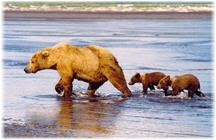












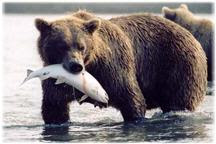
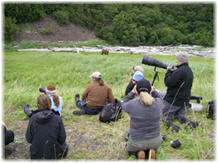






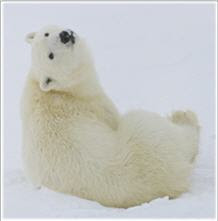













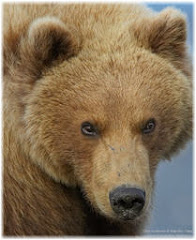




No comments:
Post a Comment